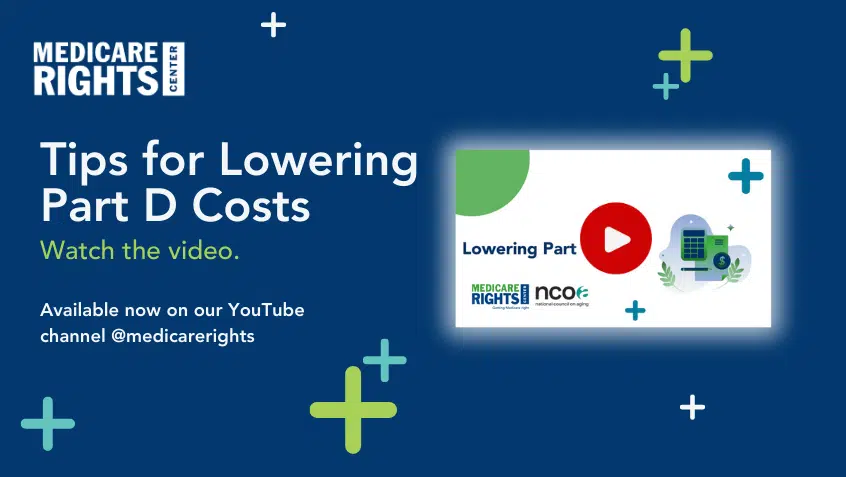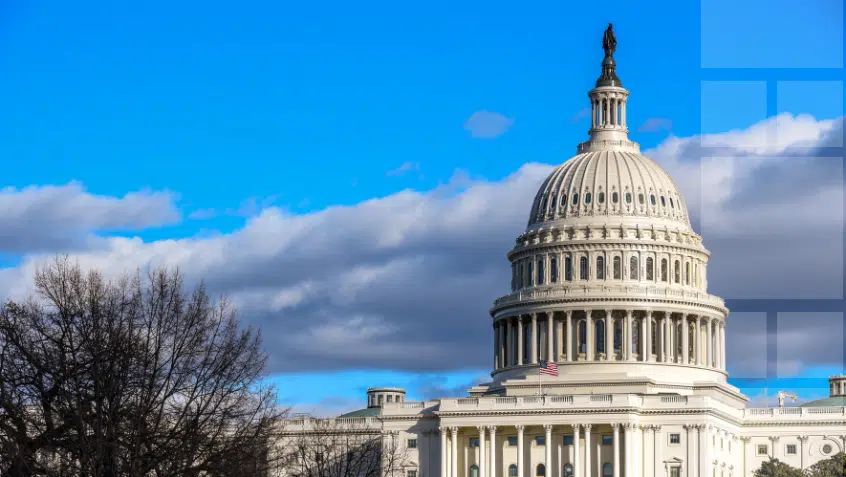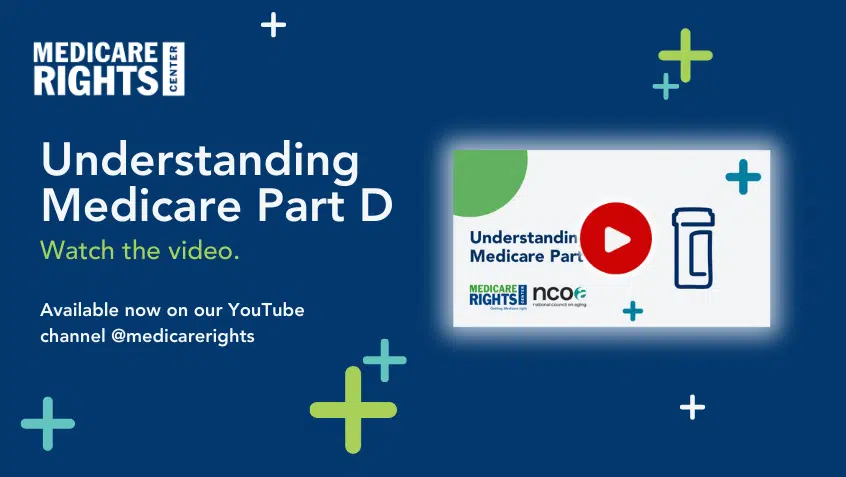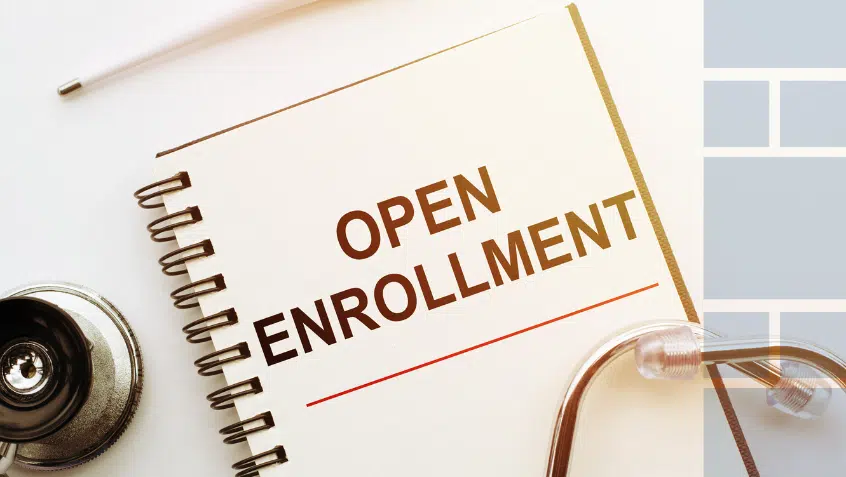Join Us Live for a Discussion on Medicare, Democracy, and the Future of Health Care
How Coronavirus Disproportionately Affects Communities of Color
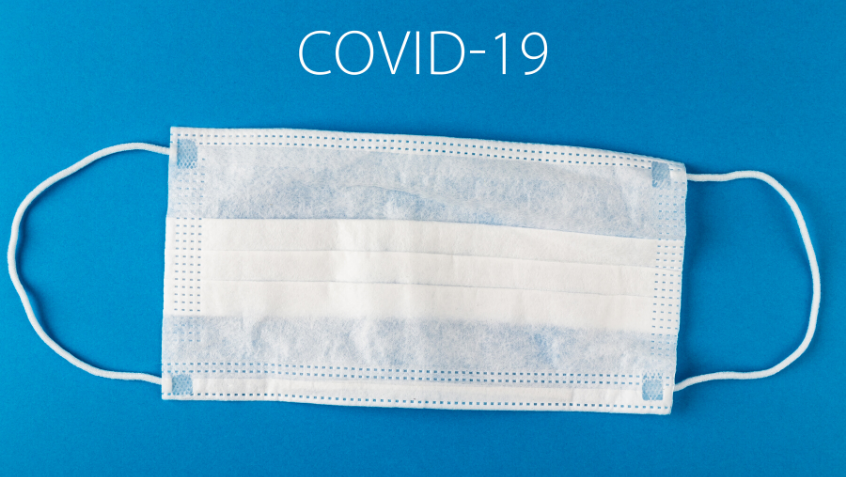
While all Americans have felt its effects, the coronavirus public health emergency is disproportionately impacting minority communities, especially Black, Hispanic or Latino, and American Indian and Alaska Native (AIAN) people.
In several issue briefs and data notes, the Kaiser Family Foundation (KFF) has outlined ways the pandemic is taking an unequal toll. In one such brief, published in early April, KFF highlights the potential health and financial challenges the coronavirus outbreak poses to communities of color due to underlying health, social, and economic disparities. Subsequent KFF analysis, which draws upon additional—but still limited—data from states and the Centers for Disease Control and Prevention (CDC) reinforces initial reporting about the pandemic’s disproportionate impacts. Additional demographic data collected and aggregated by the COVID Racial Data Tracker, a joint initiative from the Antiracist Research & Policy Center and The COVID Tracking Project at The Atlantic, further underscores these findings, as does the work of APM Research Lab.
The researchers agree that while data remains incomplete, it is clear that communities of color are being hit especially hard. According to analysts:
- Black people account for a higher share of coronavirus-related deaths and cases compared to their share of the population. Nationally, Black Americans continue to experience the highest overall mortality rate—more than twice as high as others. In four out of the five counties with the highest death rates, Black Americans are the largest racial group.
- Hispanic and Latino individuals are also disproportionately impacted. In 42 states plus Washington D.C., Hispanics and Latinos make up a greater share of confirmed cases than expected, based on their share of the population. In eight states, it’s more than four times greater.
- There are also striking impacts for AIAN people in some states. In Arizona, AIAN people account for 11% of coronavirus cases, but only 4% of the total population. The asymmetry is even more pronounced in other states, like New Mexico (57% of cases compared to 9% of the total population) and Wyoming (30% of cases compared to 2% of the total population).
At the same time, the economic fallout from the coronavirus is also impacting people of color more severely. In May, unemployment for Black workers rose to 16.8%, the highest rate in over a decade. The pandemic has also pushed the unemployment rate for Asian Americans to 15%, and to 17.6% for Hispanic or Latino workers. In contrast, unemployment for White workers fell two percentage points to 12.4% in May, a record drop.
While racial health and economic disparities are being laid bare by the coronavirus, they are the result of pre-pandemic realities. Structural inequities have long been embedded in the nation’s housing, education, employment, health care, and justice systems. This systemic racism has consistently, and intentionally, yielded policies of oppression and discrimination. Effectively responding to the current public health crisis, and those that exist alongside and within it, requires understanding and addressing these institutional failings.
Medicare Rights is committed to doing just that, in ways that advance health equity, well-being, and justice. As part of this ongoing work, we are launching a series of Medicare Watch articles to explore the disparate impacts of the coronavirus on communities of color, as well as reasons for these outcomes and needed policy solutions. Working together, we can ensure that all older adults and people with disabilities have the opportunity to live with dignity and choice.
Show Comments
We welcome thoughtful, respectful discussion on our website. To maintain a safe and constructive environment, comments that include profanity or violent, threatening language will be hidden. We may ban commentors who repeatedly cross these guidelines.
Help Us Protect & Strengthen Medicare
Donate today and make a lasting impact
More than 67 million people rely on Medicare—but many still face barriers to the care they need. With your support, we provide free, unbiased help to people navigating Medicare and work across the country with federal and state advocates to protect Medicare’s future and address the needs of those it serves.
The Latest
Most Read
Add Medicare to Your Inbox
Sign up to receive Medicare news, policy developments, and other useful updates from the Medicare Rights.
View this profile on InstagramMedicare Rights Center (@medicarerights) • Instagram photos and videos

